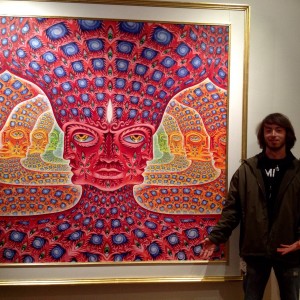Homelessness has gradually decreased in the past years, but it is still very prevalent in America. Many poor people are at risk of homelessness. Ultimately, this is due to the high cost of housing and unemployment. Our society mainly recognize homeless people standing in front of stores begging for money wearing worn down clothing, but experiencing homelessness can be from sleeping outside of a tent or in an emergency shelter or transitional housing program. There are many perceptions on the homeless. Nonetheless, homelessness affects us, from the environment we live in from sustainability to our economy. Homelessness is a social issue that connects us with the physical and natural environment. There are some arguments that environmental degradation is correlated or the same as social equity, this could be the result of large corporation greed. For example, large corporations who are producing harmful chemicals in the environment near a poverty-stricken area, where homelessness is more prevalent.
Every Saturday, I volunteer with the Low Country Herald. The Low Country Herald is a nonprofit organization that produces print publications that the homeless sell to the people, and they get to keep the profits to generate an income for them get out of poverty. Paul Gangarosa is the founder of this nonprofit organization and a professor at the College of Charleston.
Professor Gangarosa is trying to create a Shower truck for the homeless in Charleston, SC. This would provide the homeless to have a suitable area for them to shower and provide hygiene products. This is also, an environmental effort by having a portable shower truck: conservation of water (having timed showers), low consumption of energy, portability (meaning not having a permanent area, less space is used), and cost-effective. This project is still in the works. His other projects include building tiny houses for the homeless this would incorporate green building practices into public houses. This would be both sustainable, cost-effective, and a way to get people off the streets.
Every Saturday, volunteers and I usually set up a couple tent, tables, and chairs on a vacant lot. And then we usually bring food trays that contain various amounts of foods that are all voluntarily brought. So I usually serve food for the homeless and wrap up their foods if they are on the go. We also, provide hygiene bags that contain travel sized soaps, toothbrush, toothpaste, razors, women’s hygiene products, shampoo, conditioner, and many more. Every second Saturday, a health clinic comes and people who are certified to check the homeless body conditions. This includes measurement of blood pressure, glucose levels, temperature, and giving them advice to keep up their health.
We also ask questions to the individuals who come on Saturdays, we ask for their name, age, if they are experiencing homelessness, and if they had a job or not. By asking these questions, this helps us become more aware on how prevalent the homeless community is in the area and what we could do about it. We hand out flyers for the homeless that has a number on it, if they need a job.
All in all, I think we should create more sustainable innovative ways for the community to go green. This would not only help our environment overall, but also the homeless.


